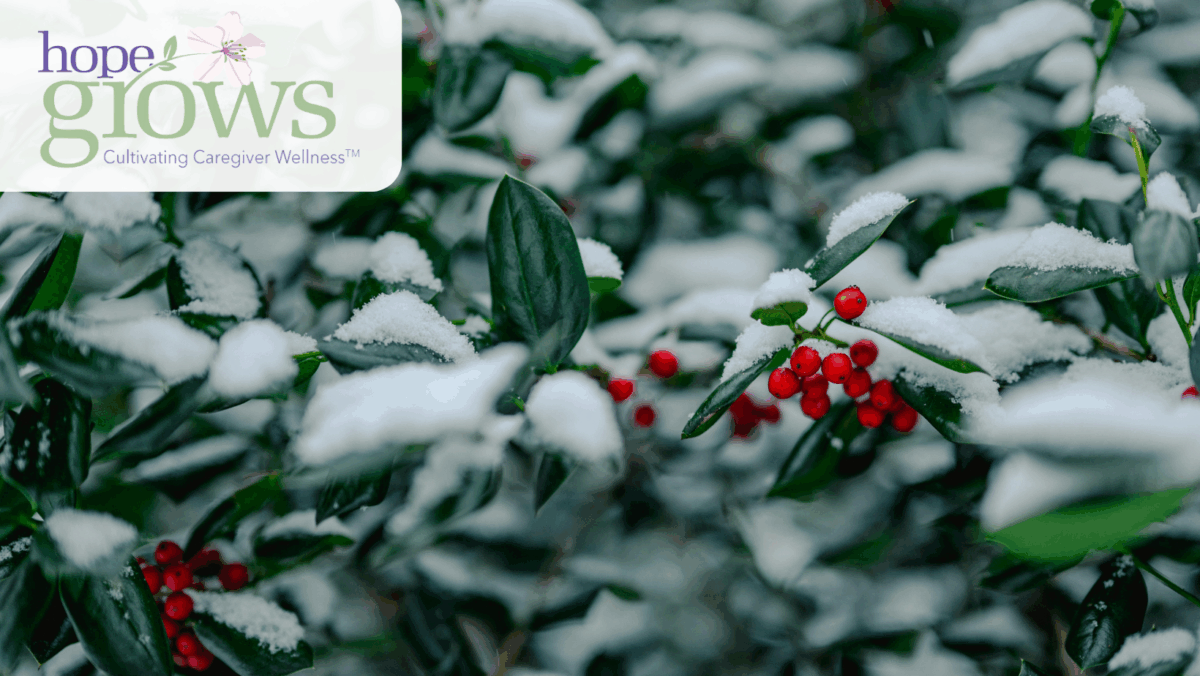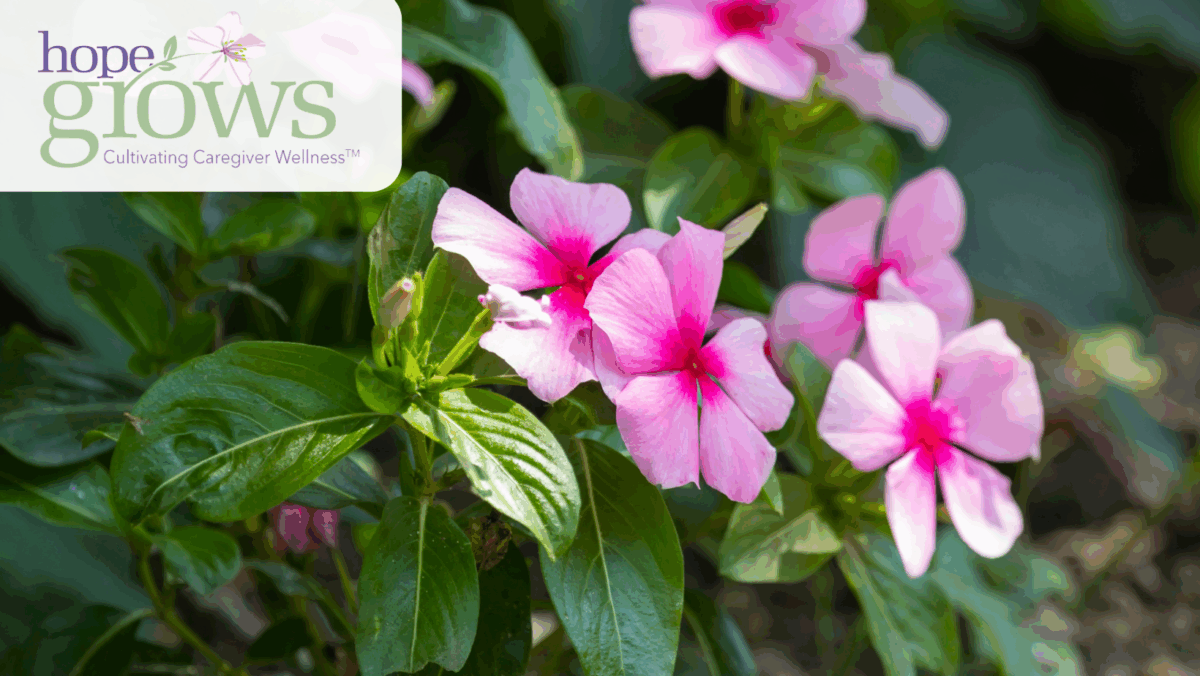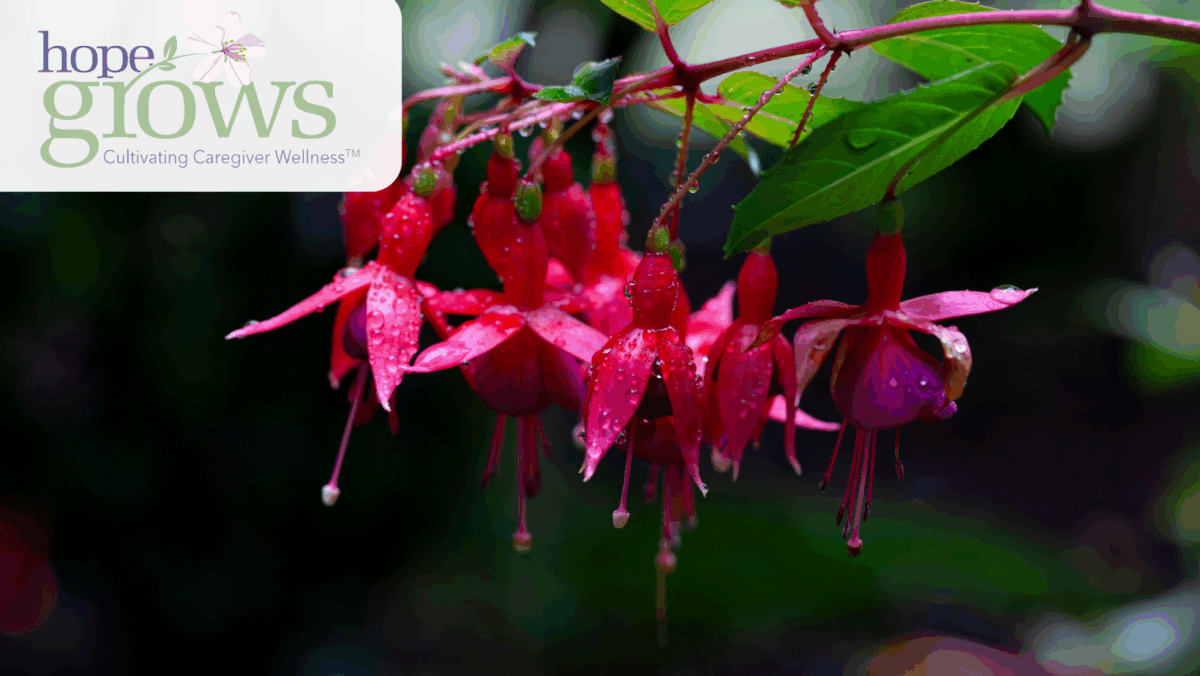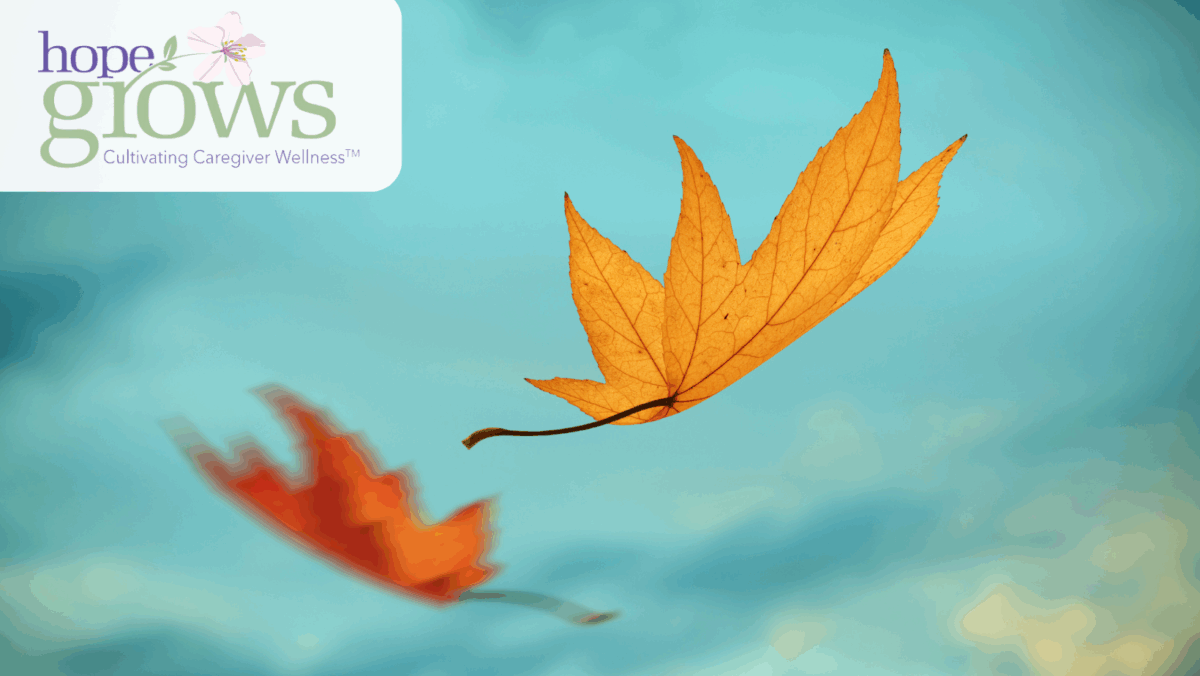Beholding December: A Season of Stillness, Memory, and Gentle Light
As December arrives, I am reminded that the final month of the year often holds a unique mixture of tenderness and truth. The world around us grows quieter—winter skies fade earlier into darkness, cold air encourages us inward, and nature itself pauses, resting in a kind of holy stillness.
Beholding—a word that invites us not just to see, but to witness with intention. To behold is to pause long enough for awareness to surface. It asks us to approach ourselves, our memories, and the present moment with an open, steady gaze. And perhaps more importantly, it asks us to allow what is to be enough.
For many who are grieving, this quiet can feel comforting or confrontational. Sometimes both. The end of the year can carry with it the weight of memory for those carrying loss. December can stir up an ache of what is missing. There is a particular kind of poignancy to traditions we can no longer share, to rituals that now feel altered, to the placeholders at the table and the conversations left unfinished. Grief has a way of sharpening the contrast between what once was and what now is.
Turning towards Nature as the year draws to a close allows us to see that the natural world mirrors the emotional landscape of grief, and helps us positively focus. The earth is bare and resting, stripped of excess. Trees stand in their truth without foliage to hide behind. Winter does not rush. It waits, holds, breathes.
Yet, within that contrast, there is also the possibility of beholding—of lifting our eyes gently toward the moments of meaning still available to us.
Not to fix anything.
Not to force gratitude.
But simply to notice.
I like to focus on the strength and resilience of the evergreens—their majestic presence reminding us that even in the darkest, coldest months, life endures with quiet courage. The holly is another small miracle that arrives in the winter, with its glossy deep green leaves, bright red berries, and a presence that feels both protective and symbolic. Traditionally, holly has represented resilience and the promise of hope during the darkest time of the year. Its berries stand out against a barren landscape, reminding us that color and life exist even when the world feels cold and stripped down.
For caregivers and grievers alike, holly and evergreens can offer a tender lesson that even in deep dormancy, there can be signs of life worth beholding.
Its sharp, protective leaves also echo something true about grief. Loss teaches us boundaries. It teaches us to shield what is tender. And it teaches us that even the smallest burst of color—a memory, a breath of appreciation, a moment of warmth—can carry us through a difficult season.
Another thought to consider is the Essential Oil of the Month for December – Magnolia. Magnolia, with its soft, floral embrace, carries an energy of compassion and tranquility. Its aroma encourages us to soften the edges of our internal world, especially when grief feels jagged. Magnolia teaches the art of gentleness, both toward ourselves and the emotions that rise in December’s quiet reflection.
Paired with our focus of Beholding, magnolia offers an invitation: allow yourself to stand still long enough to sense the comfort that is available. Not the comfort that erases grief—but the comfort that accompanies it. In moments of overwhelm, inhaling magnolia can feel like placing a warm hand on the heart, reminding us that we are allowed to slow down and receive support.
Some last thoughts for this month’s focus: Beholding as a Practice with Loss does not require perfection. It simply requires presence. In your moments of heaviness this month, you may consider practicing the art of beholding in small, manageable ways:
- Behold a memory—not to change it, but to honor it.
- Behold the natural world—winter’s quiet landscapes often reflect our inner terrain.
- Behold your breath—especially when emotion constricts the chest.
- Behold small glimmers of warmth—a light in a window, a cup of tea, a bird perched on a bare branch.
- Behold your own resilience—even if you don’t feel resilient in the moment.
Grief slows us down, sometimes against our will. Nature, in December, does the same. Both invite us into a slower, more reflective rhythm. Think of this thought as an invitation to let your gaze soften. Let your awareness rest on what is here—not what could have been or what should have been, but what is unfolding quietly in front of you.
And as holly brightens the winter landscape and magnolia calms the weary heart, may you find a gentle space to rest within yourself—trusting that this season, like all seasons, carries its own kind of wisdom.
Written by Lisa Story, MSCP, LPC, CT
Founder of Hope Grows
Focus of the Month: Beholding
Essential Oil: Magnolia
Flower: Holly







